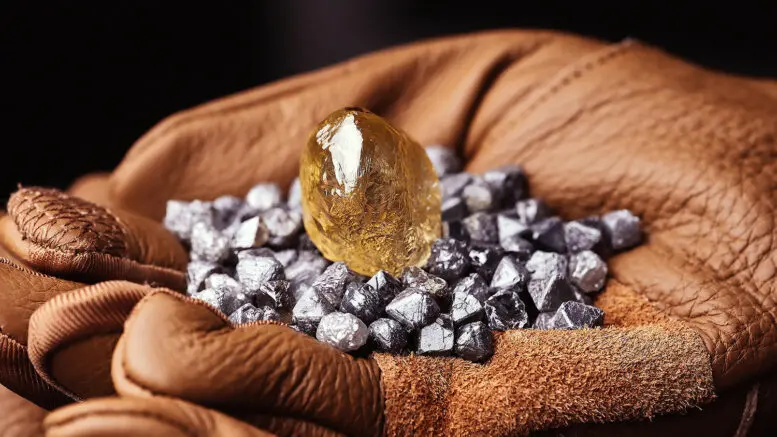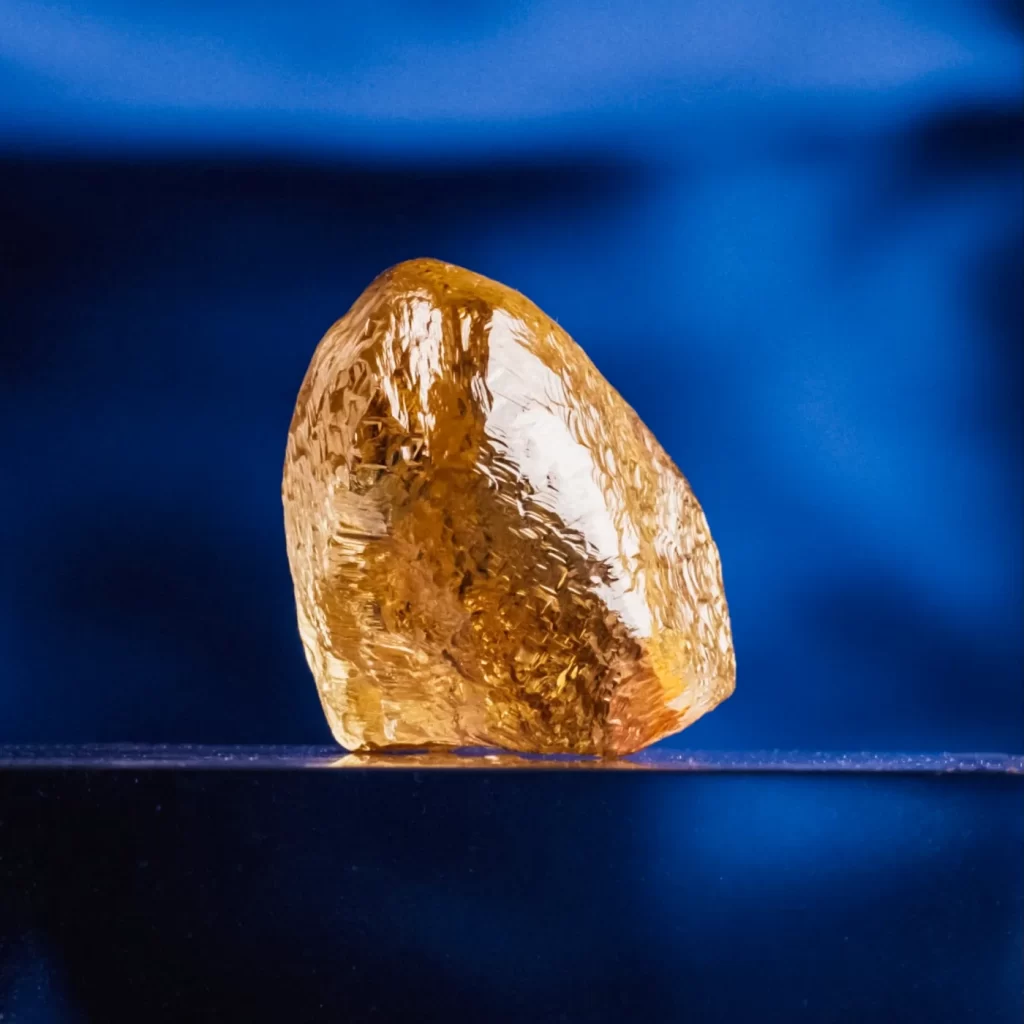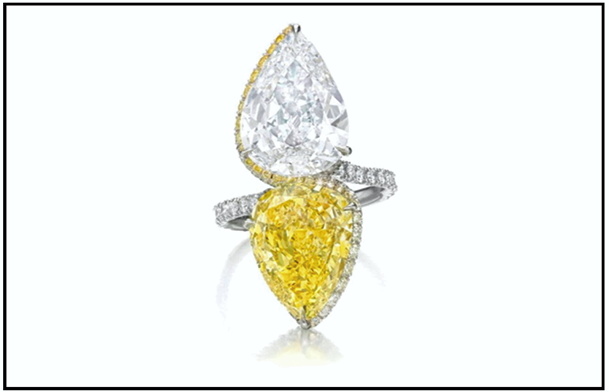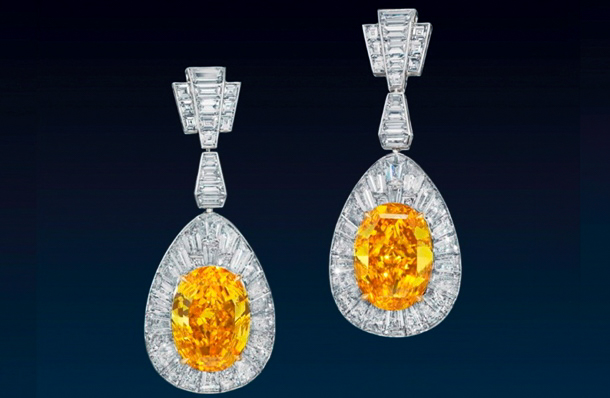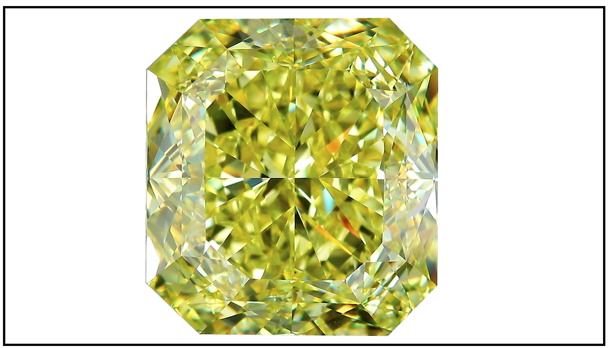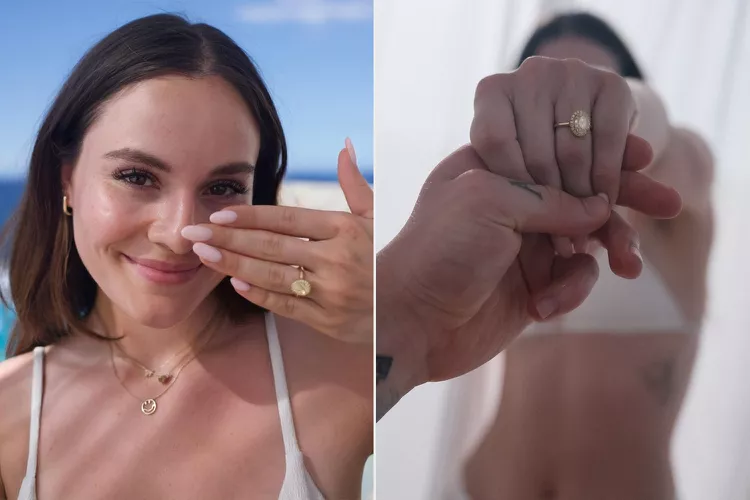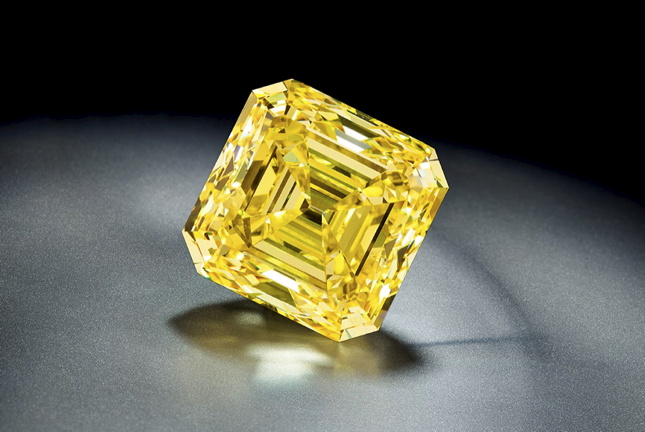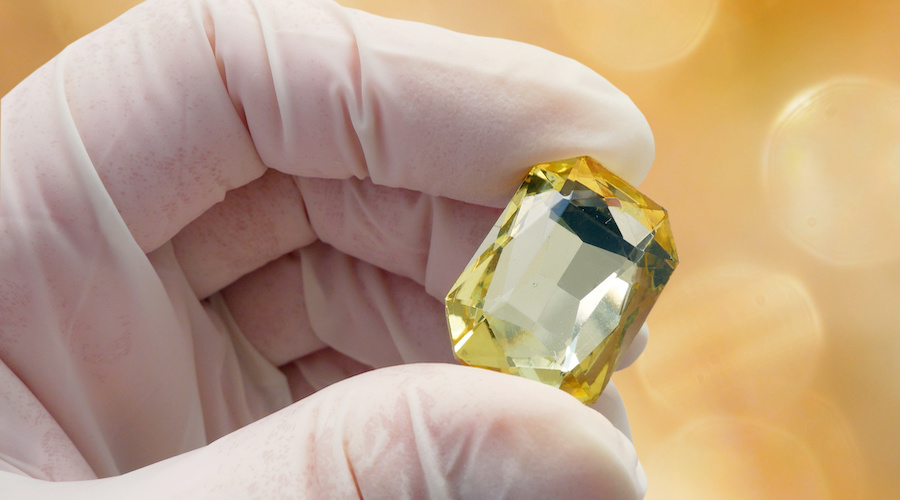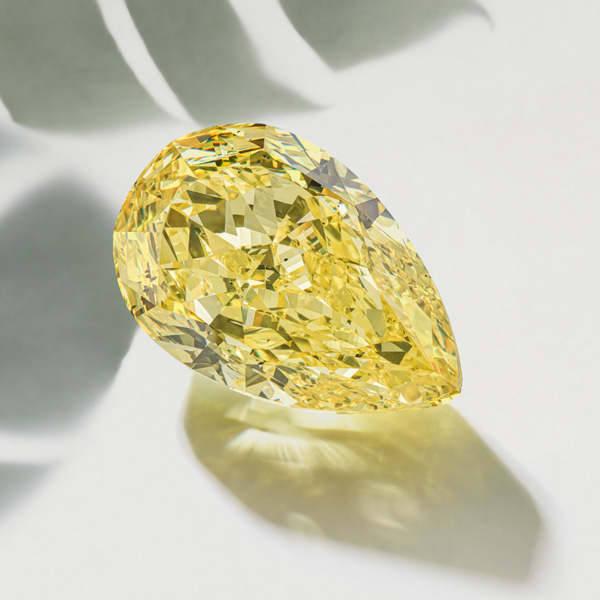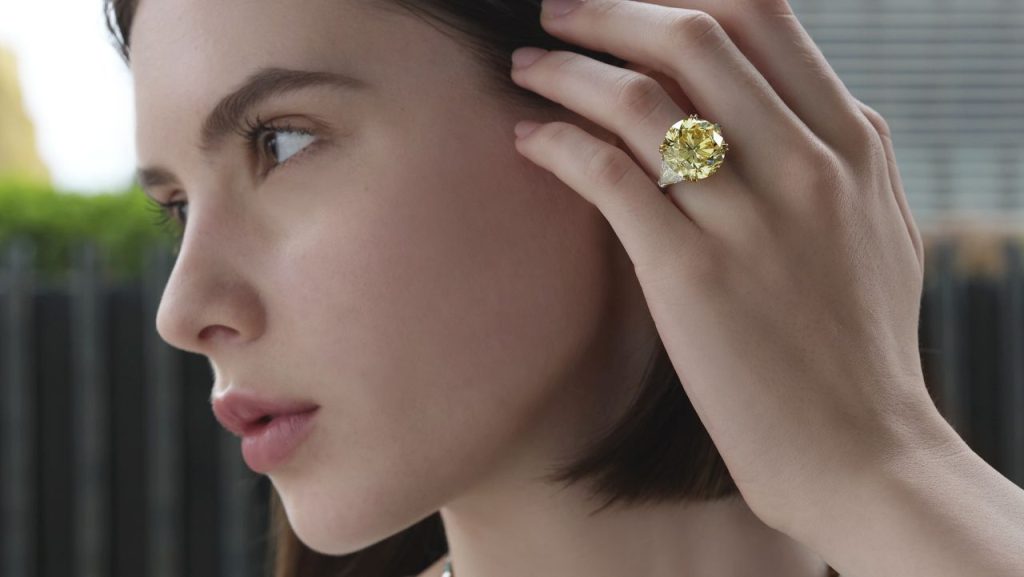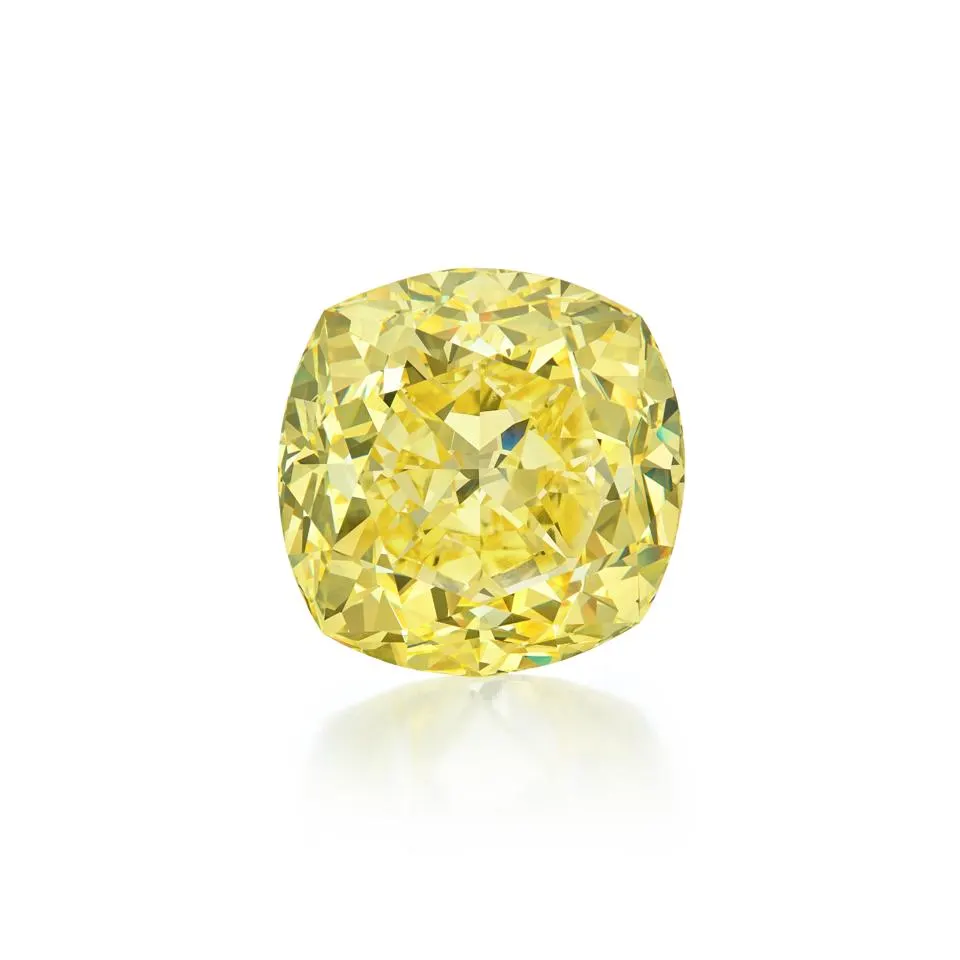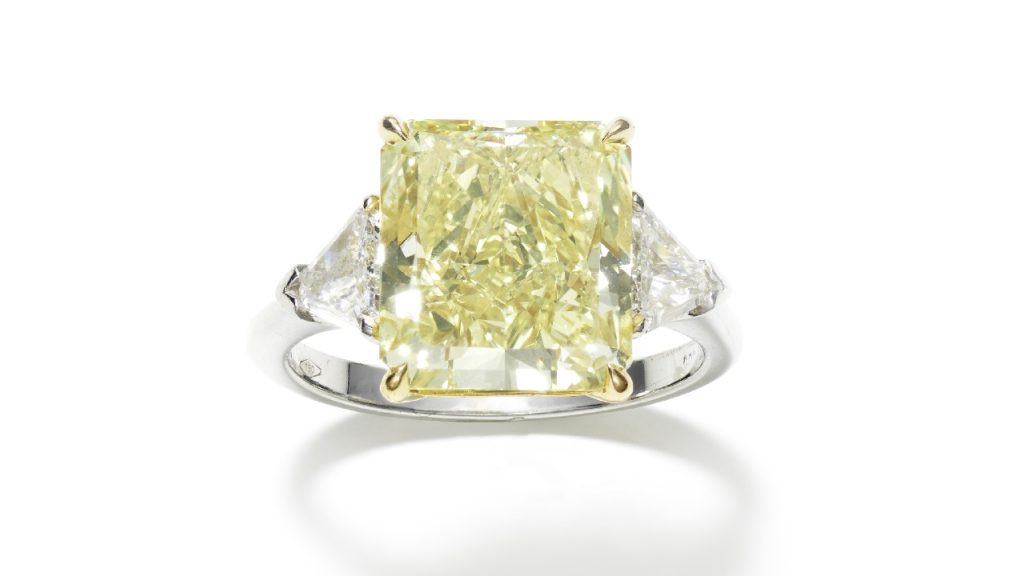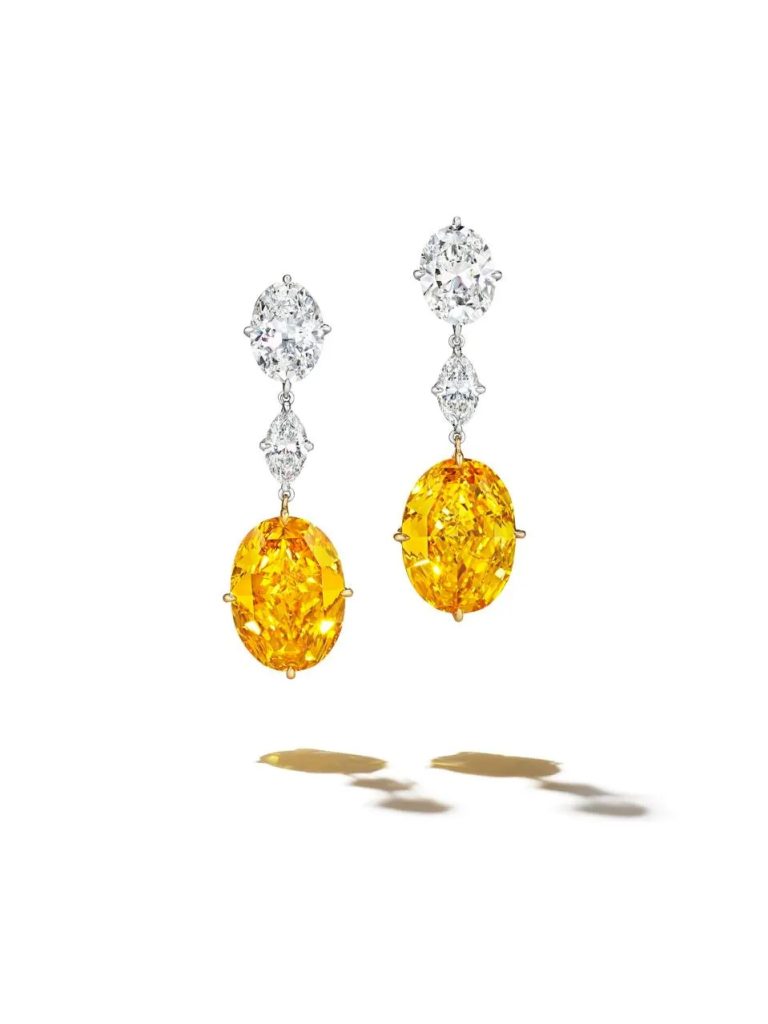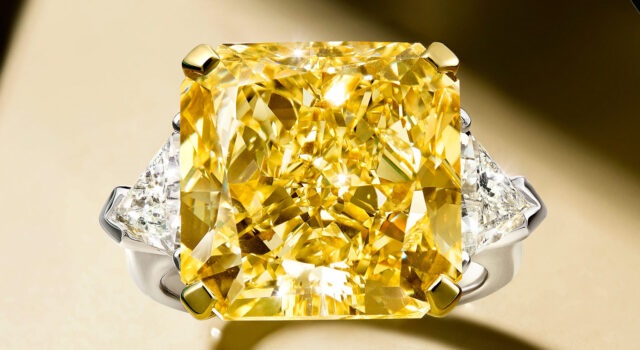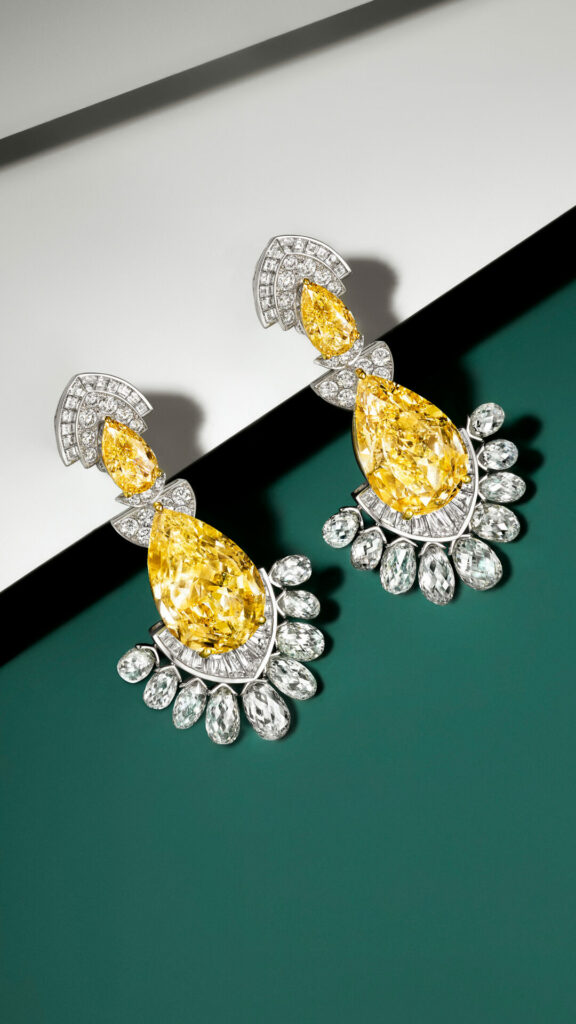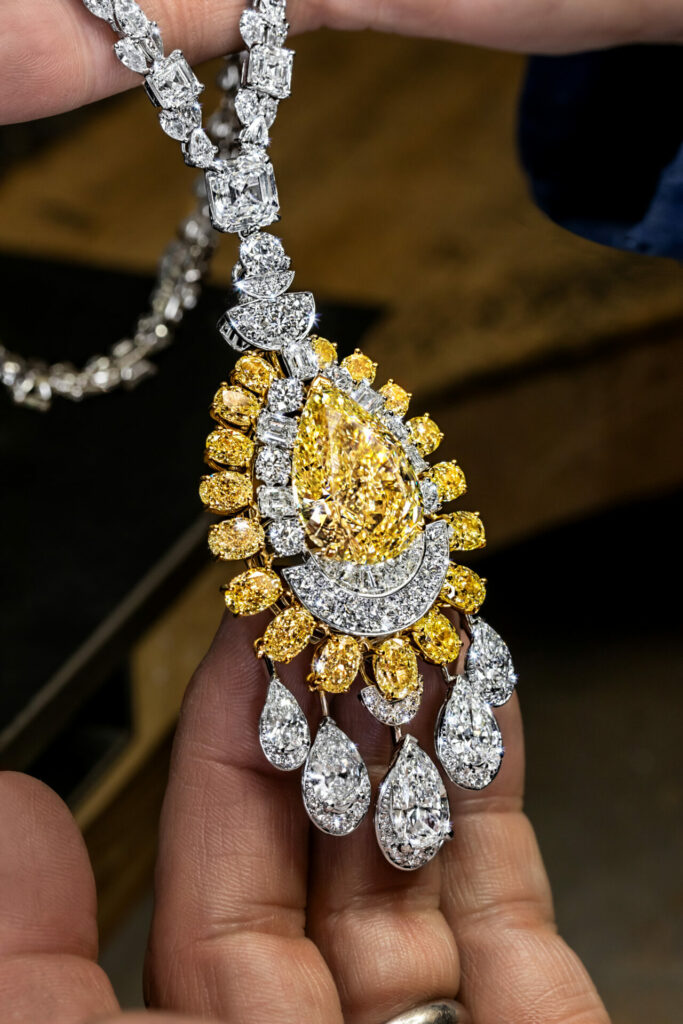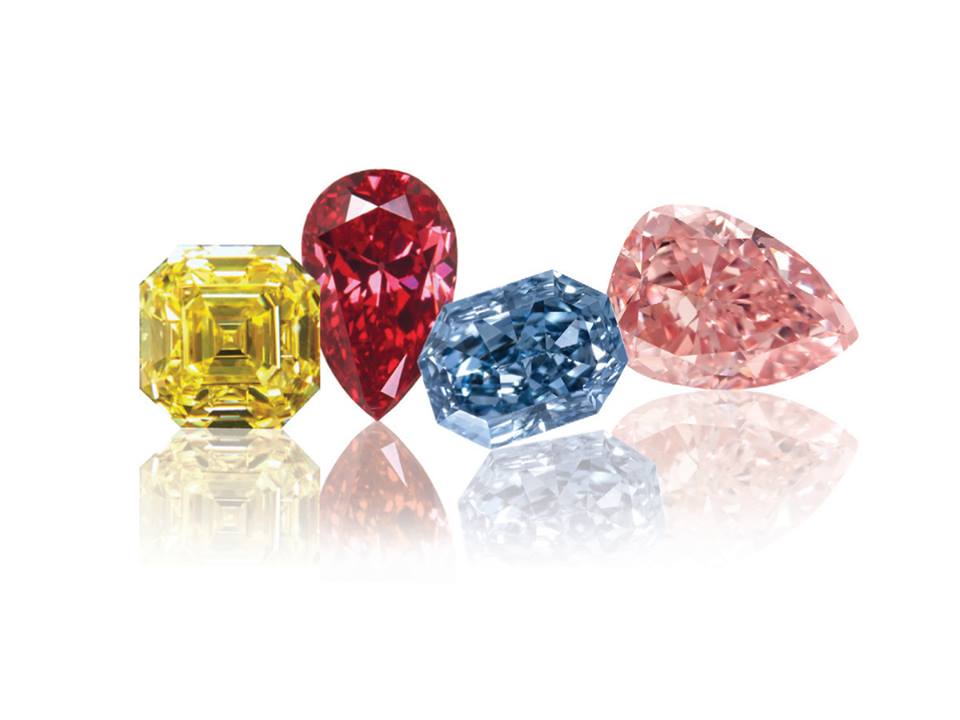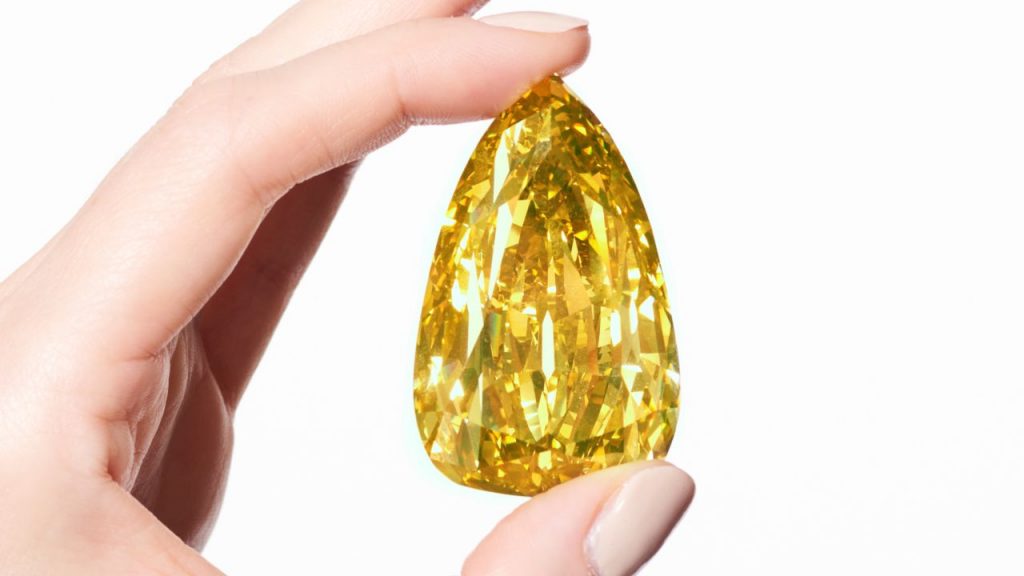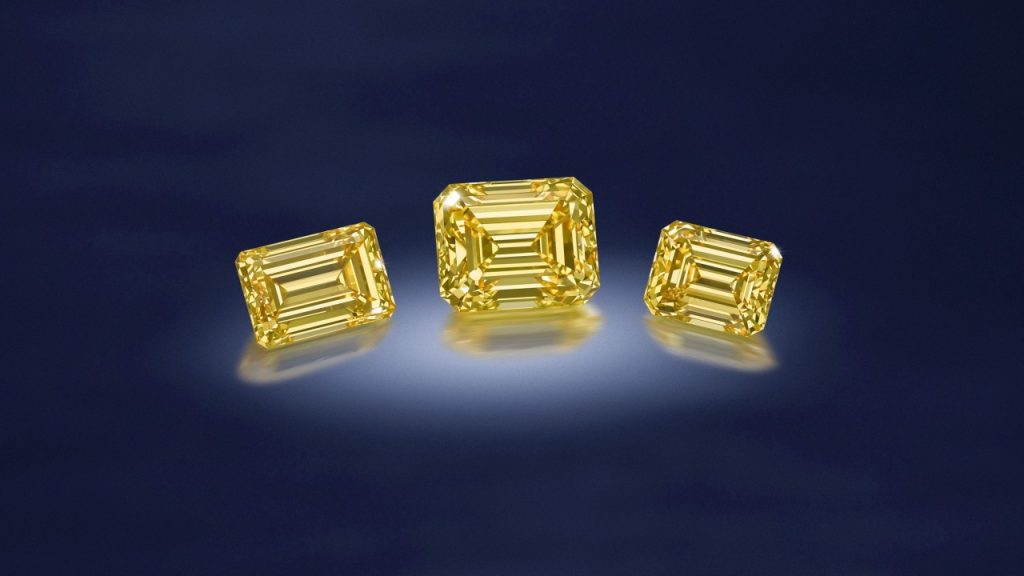
Yellow diamonds are making a stylish comeback. Whether offering a warm, earthy glow or a vibrant pop of colour, these fancy-coloured stones bring a fresh, contemporary edge to fine jewellery. They can be worn as neutrals, used as centrepieces, or layered for subtle impact—making them as versatile as they are striking.
The colour in yellow diamonds is the result of nitrogen atoms bonding with carbon within the diamond’s crystal lattice. This bond subtly alters the diamond’s atomic structure, changing the way it interacts with light. Specifically, it absorbs the blue part of the visible spectrum, allowing yellow tones to dominate. The Diamond Certification Laboratory of Australia (DCLA) grades yellow diamonds based on their colour intensity, classifying them as light, intense or vivid. The deeper and more saturated the yellow, the rarer and more valuable the diamond. Curiously, the lighter tones are often more affordable than white diamonds, making them an attractive alternative for those seeking something both elegant and unique.
Why Designers Are Embracing Yellow Diamonds
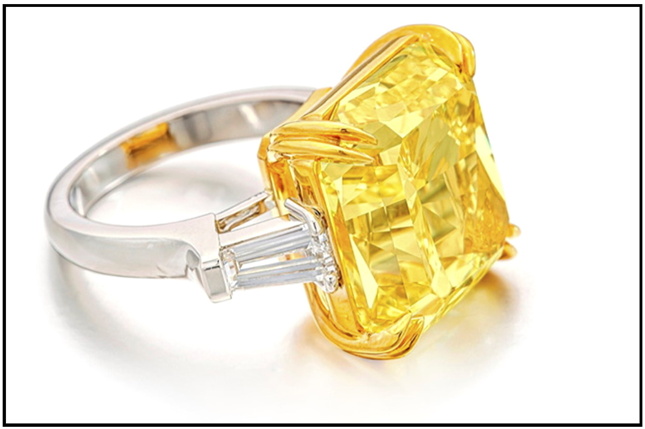
Jewellery designers are increasingly drawn to yellow diamonds for their warmth, individuality, and unexpected elegance. These stones challenge the norm, offering something joyful and radiant while still being refined. As the jewellery world moves beyond the conventional, yellow diamonds are gaining traction as centrepieces with personality.
How to Wear Yellow Diamonds
Once your collection includes the classics such as white diamond hoop earrings, tennis bracelets, stacking rings or a line necklace it’s easy to introduce a splash of colour. Yellow diamonds pair beautifully with white or rose gold and work well layered with other tones. Go bold with vibrant yellow bangles and cocktail rings, or opt for a more understated approach with a mix of pale-yellow and Champagne diamonds, as seen in Sethi’s neutral-toned confetti styles.
Yellow Diamonds: The Emerging Trend in Engagement Rings
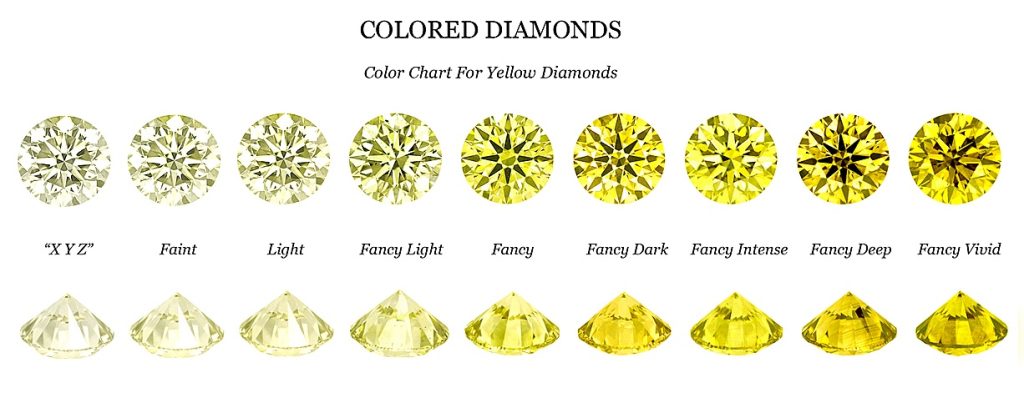
More couples are seeking engagement rings that reflect their personal style rather than adhering to tradition. Yellow diamonds especially those in softer or more earthy tones offer a refined, alternative aesthetic that still feels timeless and romantic.
One designer, Root, recalled a client who brought him a family heirloom: a pear-shaped yellow diamond. He combined it with a matching white diamond to form a heart-shaped engagement ring. Initially, clients were hesitant about yellow diamonds, unsure whether they carried the same prestige. That perception is changing rapidly.
Designer Lau echoes this sentiment. “As our view of what defines a high-quality diamond evolves, I find myself drawn to warmer tones and even imperfect shapes, they feel authentic and special,” she explains. Yellow diamonds are increasingly favoured for their character, individuality, and natural charm.
Why Yellow Diamonds Are Here to Stay
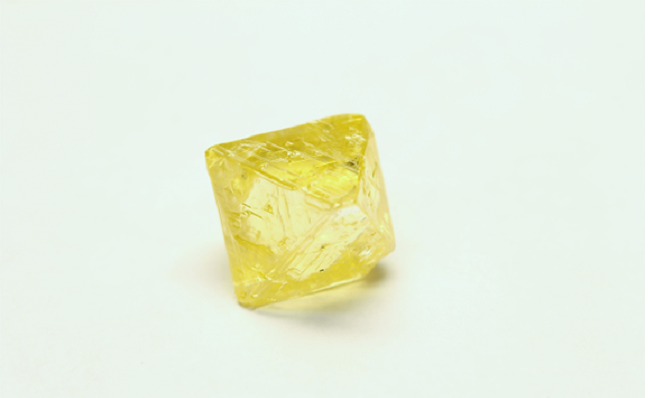
There’s an undeniable joy and brightness that yellow diamonds bring. Whether in soft pastel shades or vivid canary tones, they evoke a feeling of sunshine and optimism, something many people are seeking in their jewellery today.
As the desire for unique and meaningful designs continues to grow, yellow diamond engagement rings are well-positioned to become the next generation’s classic. After all, who can resist a jewel that radiates light, joy, and a touch of the unexpected?
Discover the magic of yellow diamonds, your perfect piece may be one sunny sparkle away.
Source: DCLA

